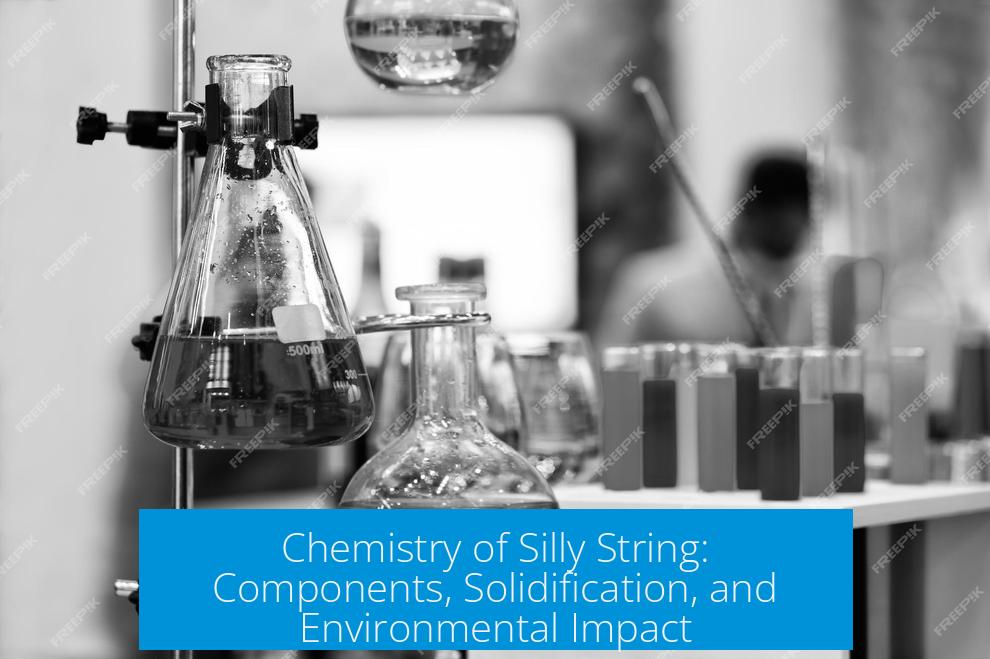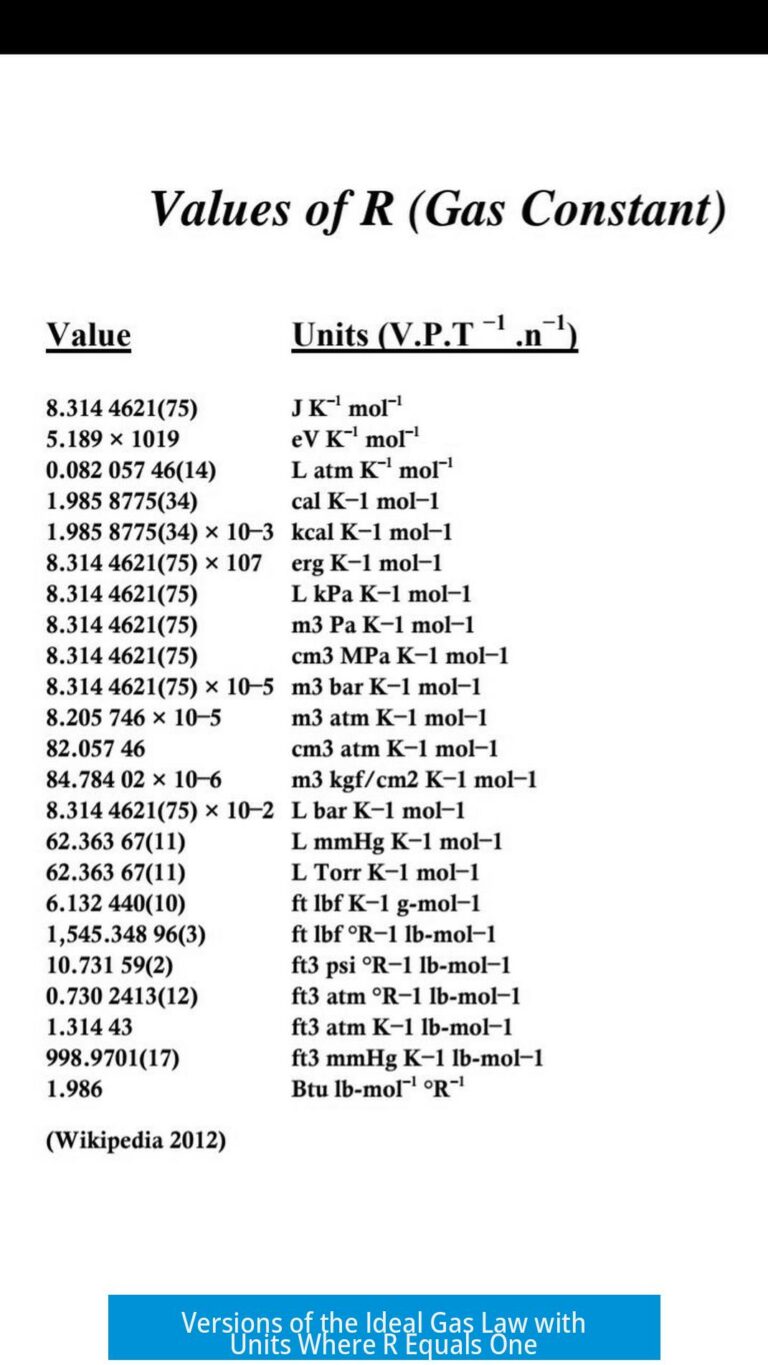Chemistry of Silly String
Silly String solidifies as its solvent or propellant rapidly evaporates upon spraying, leaving behind a solid polymer strand without any chemical reaction occurring after the solution exits the aerosol can.
Mechanism of Solidification
Silly String consists of a polymer dissolved or suspended in a volatile solvent inside an aerosol can. This solvent keeps the polymer fluid and sprayable. When the string is expelled, the solvent or propellant quickly evaporates due to exposure to air.
This evaporation causes the polymer to transition from a liquid solution to a solid fiber, forming the characteristic “string.” The change is purely physical—no chemical reactions alter the polymer during this process.
Key Chemical Components
The original patented formulation of Silly String features specific chemicals with defined roles:
- Polymer: Poly(isobutyl methacrylate) (12.2%) serves as the structural backbone of the string.
- Plasticizer: Dibutyl phthalate (0.5%) increases the polymer’s flexibility and prevents brittleness.
- Surfactant: Sorbitan trioleate (2.5%) stabilizes the mixture and aids dispersion.
- Silicon fluids: Dimethyl siloxane or methyl phenyl siloxane (0.35%) provide lubricity and texture control.
- Flame retardant: Hexabromobenzene (5.6%) reduces flammability risks.
- Pigment: 2–3% imparts vibrant color to the string.
- Solvent/Propellant: Originally Freon 11 (6.6%) dissolved the components and propelled the spray.
Environmental Considerations
Early Silly String products used Freon-based solvents and propellants. These compounds contribute to ozone layer depletion due to their chemical stability and atmospheric longevity.
Modern versions avoid Freon and implement safer propellants to reduce environmental impact while maintaining performance.
Summary of Silly String Chemistry
The product relies on polymer chemistry and solvent evaporation physics. The polymer poly(isobutyl methacrylate) forms the solid string once volatile solvents evaporate.
The additives manage physical properties such as flexibility, color, and fire safety. Solvent evaporation drives the phase change without any chemical transformation of the polymer.
- Polymer dissolved in a volatile solvent sprays as a liquid.
- Evaporation of solvent causes polymer solidification into string form.
- Original propellants like Freon pose ozone depletion risks.
- Modern formulations use more environmentally friendly solvents.





Leave a Comment